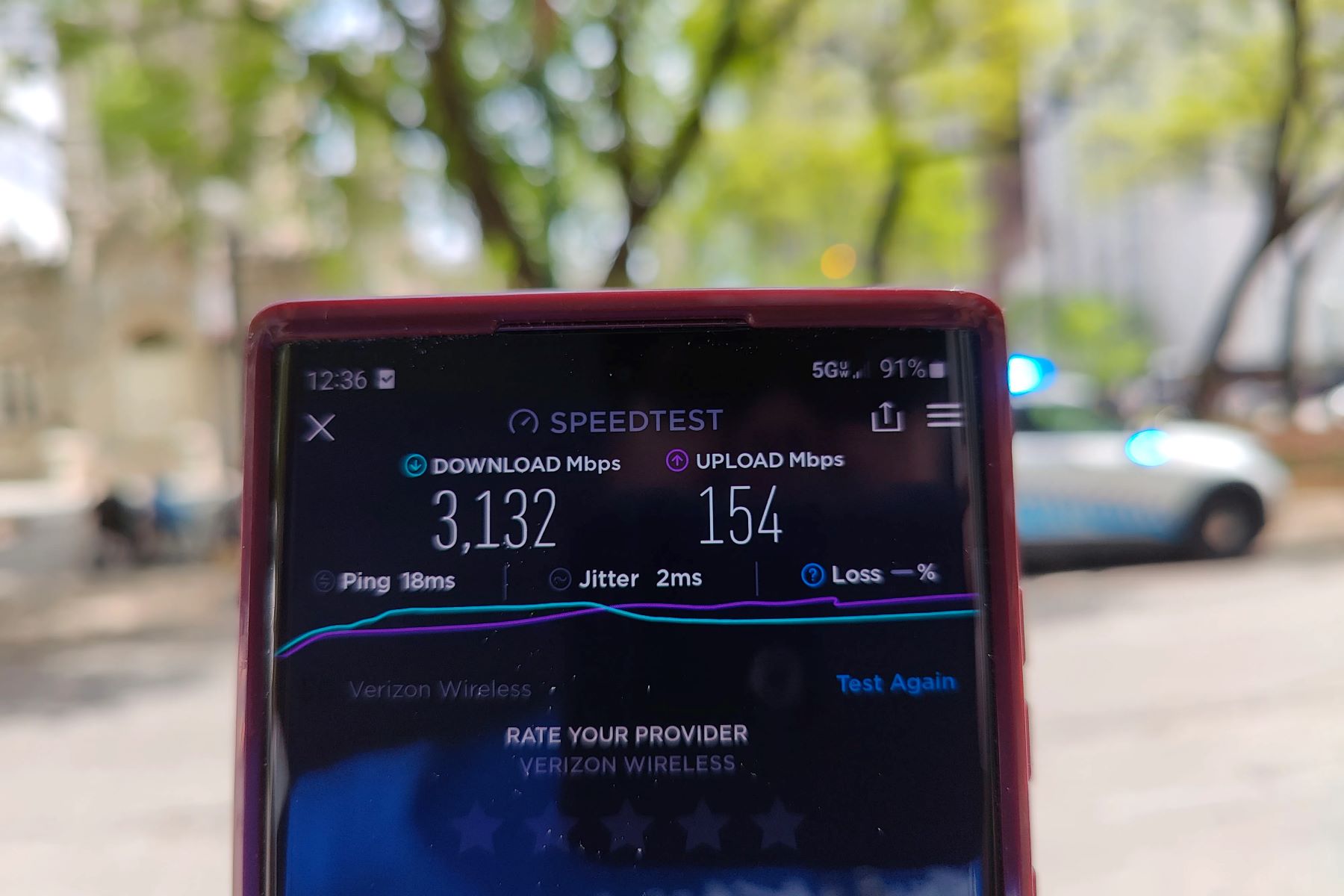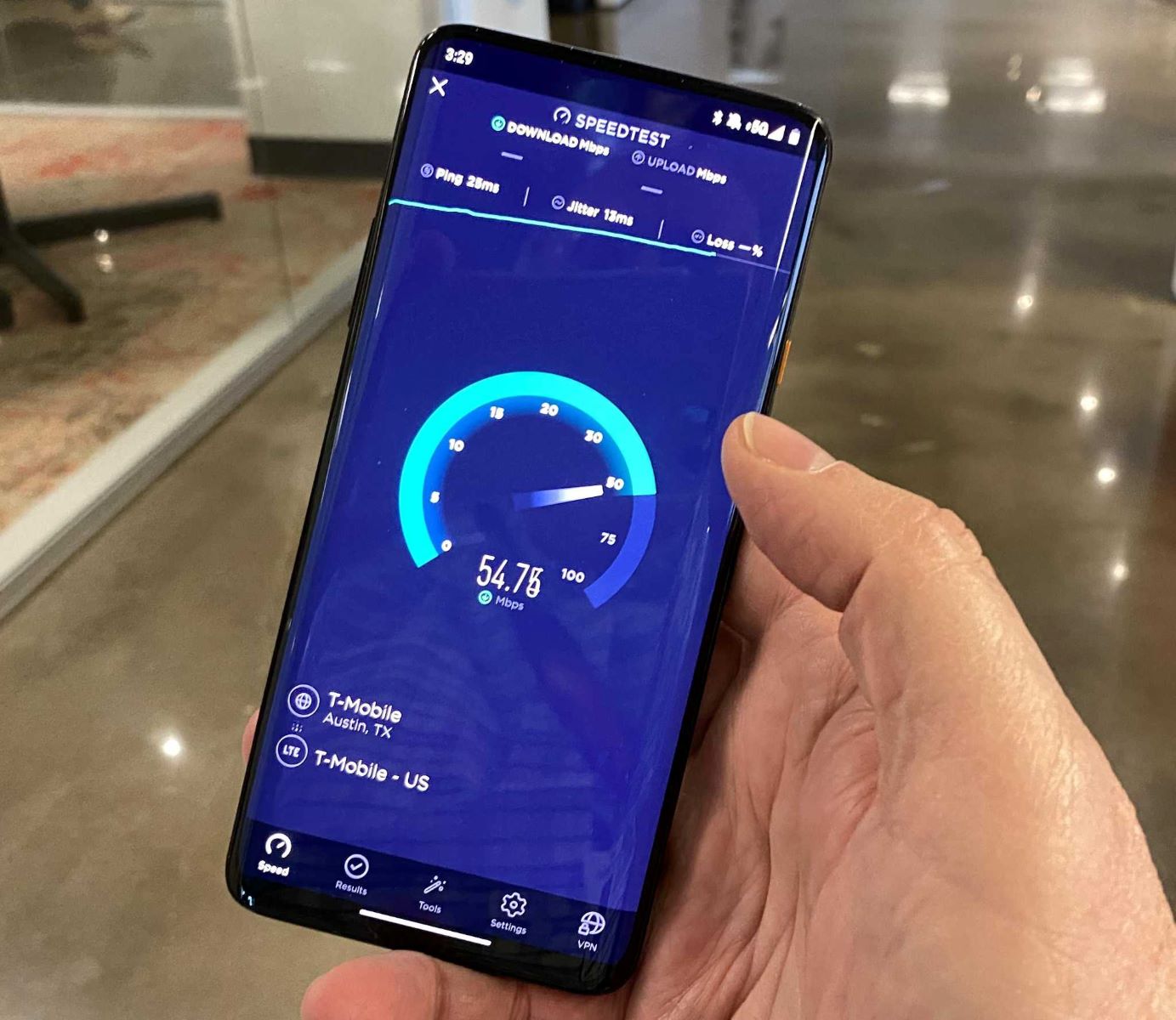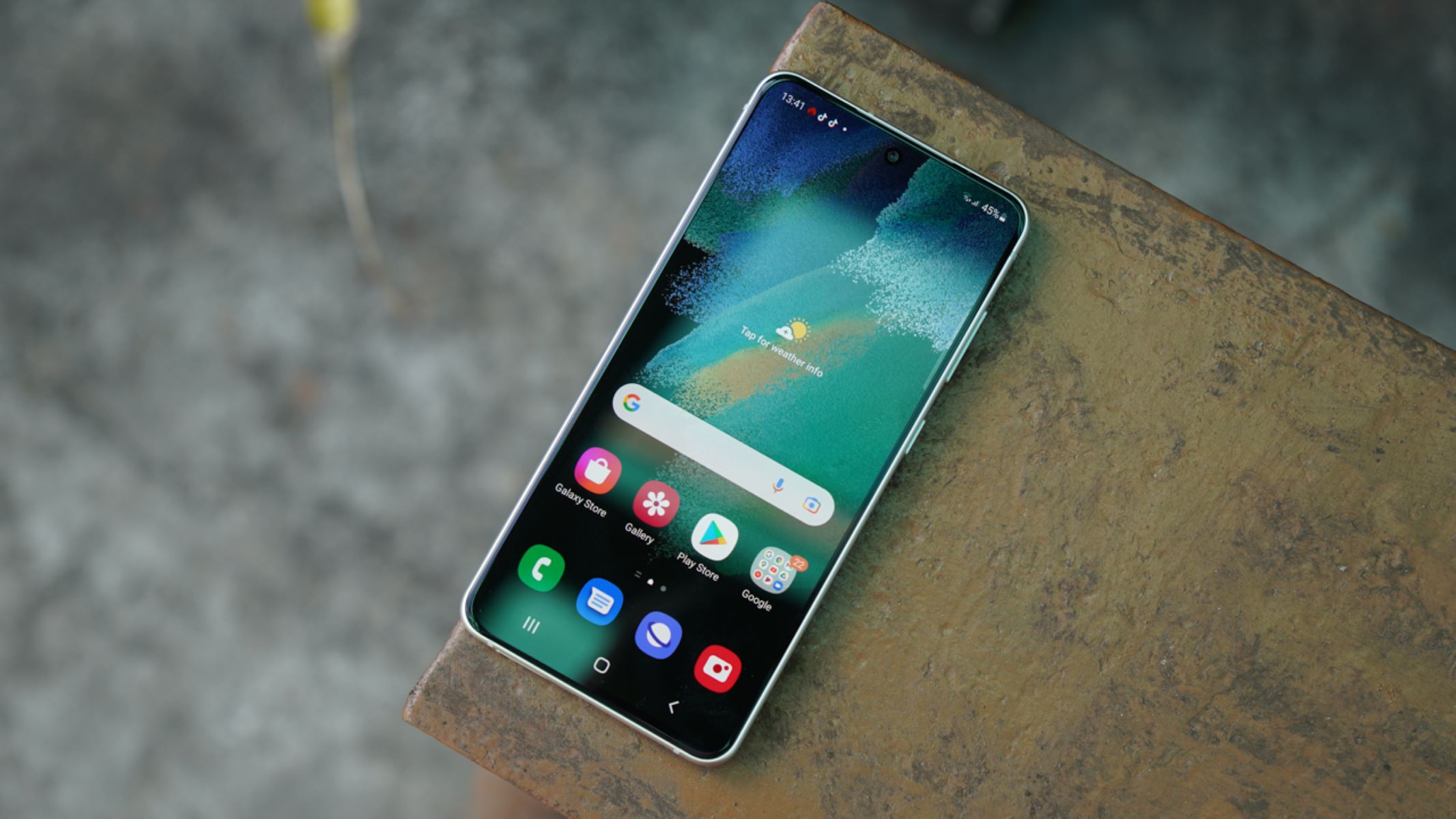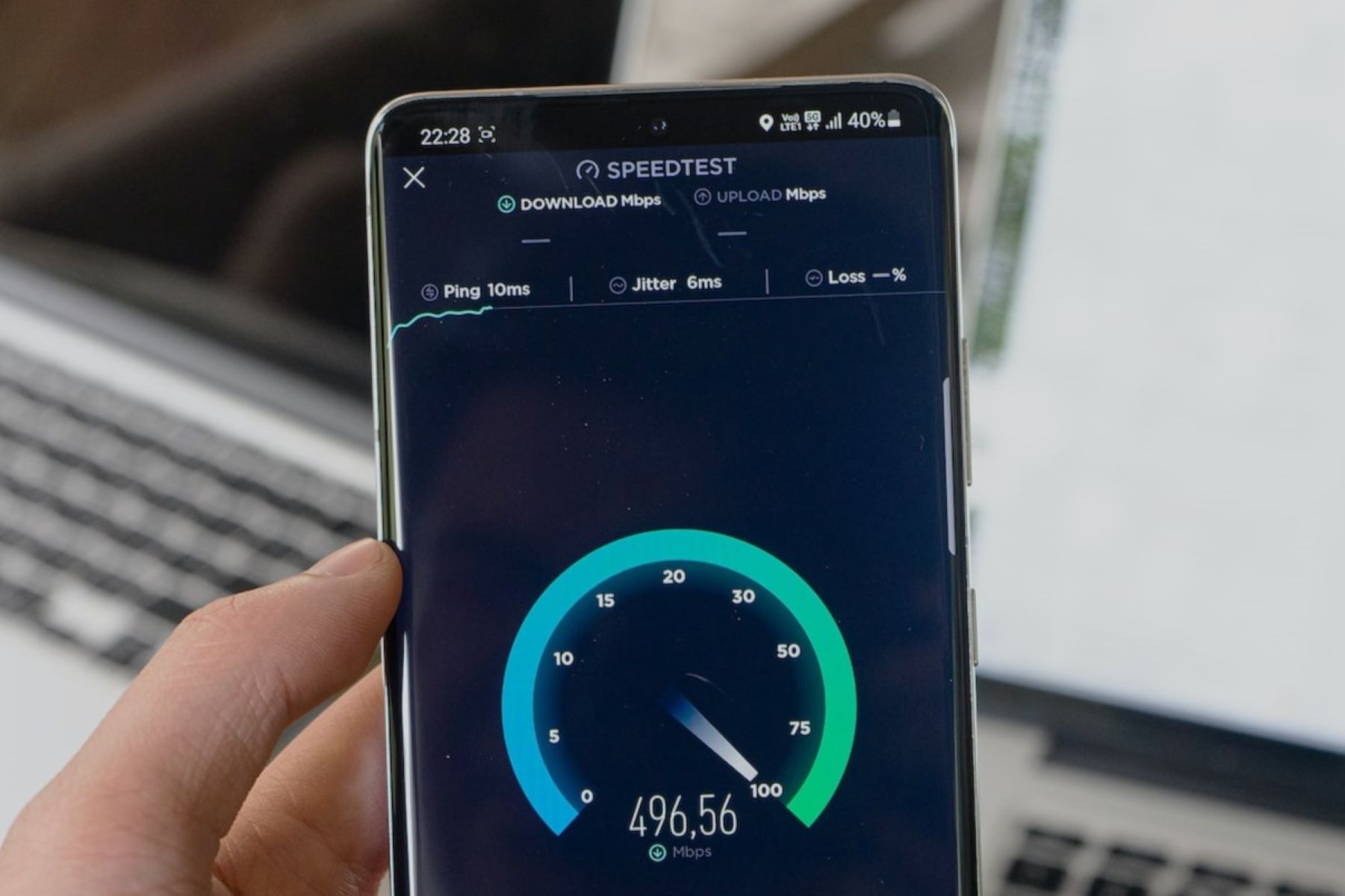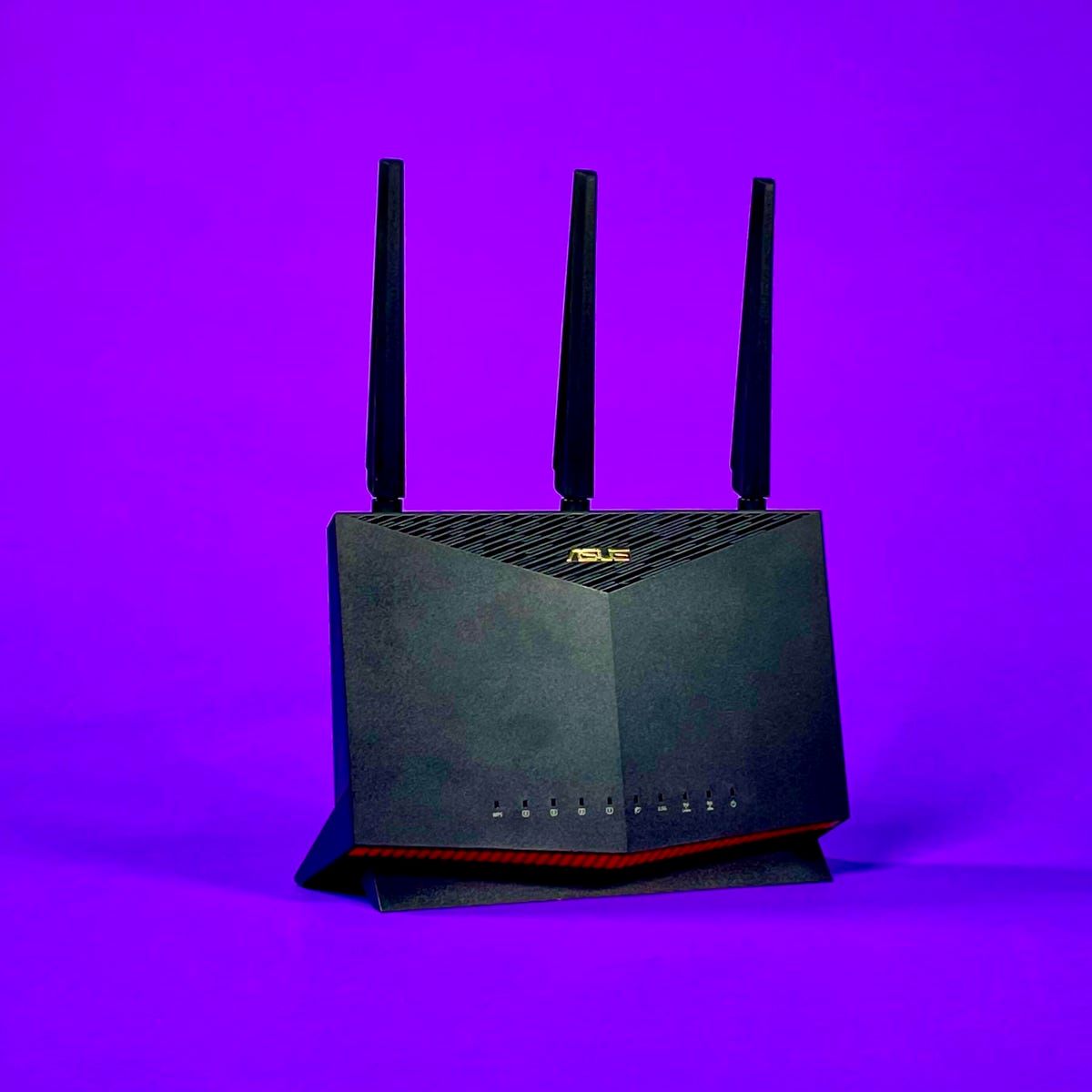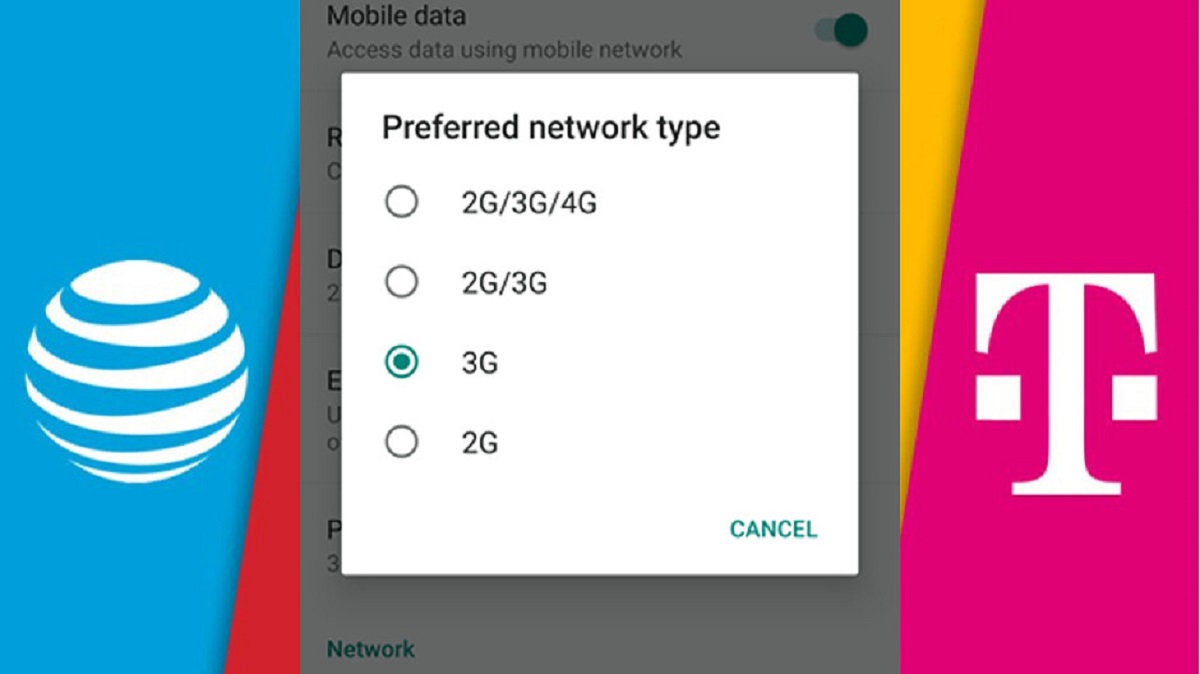Common Causes for T-Mobile 5G Connectivity Issues
Are you experiencing difficulties with your T-Mobile 5G connection? You’re not alone. While T-Mobile has made significant advancements in their 5G network, there may still be instances where you encounter connectivity issues. Understanding the common causes for these issues can help you troubleshoot and resolve them more effectively. Let’s explore some of the potential reasons behind T-Mobile 5G connectivity problems.
1. Device Compatibility: Not all devices are compatible with T-Mobile’s 5G network. Ensure that your device supports 5G connectivity. Check with T-Mobile or refer to the device manufacturer’s specifications to confirm compatibility.
2. Signal Availability: 5G signals may not be available in all areas. Confirm that you are in an area with T-Mobile 5G coverage. Keep in mind that signal strength can vary depending on your location, and factors such as buildings and obstacles can affect signal reception.
3. Network Settings: Resetting the network settings on your phone can often resolve connectivity issues. Go to the settings menu, find the reset options, and choose the option to reset network settings. This will remove any saved Wi-Fi networks, Bluetooth connections, and other network-related settings.
4. Software Updates: Outdated software can cause compatibility issues with T-Mobile’s 5G network. Check for any available software updates for your device and install them. These updates often address bugs, improve network compatibility, and enhance overall performance.
5. Service Outages: Periodic service outages can occur in certain areas due to maintenance or network upgrades. Before troubleshooting your device, check for any reported service outages in your area by visiting the T-Mobile website or contacting their customer support.
6. Data Settings: Incorrect data settings on your phone can impact your 5G connectivity. Ensure that the correct data plan is activated on your account and that your phone is configured to use the appropriate network settings. You can contact T-Mobile support for guidance on updating your data settings.
7. App Cache: Clearing the cache and data for the T-Mobile app can help resolve connectivity issues caused by app-related glitches. Go to your phone’s settings, find the app settings, locate the T-Mobile app, and clear the cache and data. This can help refresh the app and eliminate any temporary issues.
If you have tried the above troubleshooting steps and are still experiencing connectivity issues with your T-Mobile 5G, it is recommended to contact T-Mobile support for further assistance. Their knowledgeable support team can provide personalized solutions and guide you through the troubleshooting process to restore your 5G connection.
Checking Your Device Compatibility
Before diving into troubleshooting your T-Mobile 5G connectivity issues, it’s essential to ensure that your device is compatible with their 5G network. Not all devices can connect to 5G, so let’s take a closer look at how you can check the compatibility of your device.
1. Device Specifications: Start by checking your device specifications. Look for information regarding 5G compatibility in the user manual or on the manufacturer’s website. Typically, newer smartphones and devices that support 5G will have this information clearly mentioned.
2. T-Mobile Compatibility Page: T-Mobile provides a compatibility page on their website where you can check if your specific device is compatible with their 5G network. Visit the T-Mobile support page and search for “device compatibility.” Enter your device’s make and model to get detailed information about its compatibility.
3. T-Mobile Store Assistance: If you’re unsure about your device’s compatibility, visit a T-Mobile store near you. The knowledgeable staff can help you check your device compatibility, explain the requirements for connecting to 5G, and recommend any necessary upgrades if your device is not compatible.
4. Online Forums and Communities: Online forums and communities dedicated to your specific device or T-Mobile customers can also provide valuable information. Engage with fellow users who might have similar devices and inquire about their experiences with T-Mobile’s 5G network. This can give you insights into how well your device performs on the network.
5. Contact Device Manufacturer: If you’re unable to find clear information about your device’s compatibility, reach out to the manufacturer’s customer support. They can provide accurate and up-to-date information about your device’s compatibility with T-Mobile’s 5G network.
If your device is not compatible with T-Mobile’s 5G network, you may need to consider upgrading to a device that supports 5G connectivity. T-Mobile offers a range of 5G-enabled devices that can take full advantage of their network capabilities.
Remember, verifying device compatibility is crucial before troubleshooting connectivity issues. By ensuring your device is compatible with T-Mobile’s 5G network, you can pave the way for a seamless and reliable 5G experience.
Ensuring You Have a 5G Signal
Having a 5G-compatible device is just the first step towards experiencing the blazing-fast speeds of T-Mobile’s 5G network. To ensure a smooth and uninterrupted 5G connection, it’s crucial to confirm that you have a 5G signal available in your area. Follow these steps to verify your 5G signal:
1. Check Coverage Map: T-Mobile provides a coverage map on their website that displays the areas where 5G is available. Visit the T-Mobile coverage page and enter your location or address to see if there is 5G coverage in your area. The map will indicate whether you have access to 5G and the specific areas where it is available.
2. Signal Strength: Even though your area may have 5G coverage, the signal strength can vary. Check the signal bars or indicator on your device to assess the strength of the 5G signal. Ideally, you want a strong signal with as many bars as possible for optimal performance.
3. Location Matters: Keep in mind that the availability and strength of your 5G signal can be affected by your physical location. Factors such as buildings, terrain, and obstacles can obstruct the signal, resulting in lower signal strength or signal loss. If you’re indoors, try moving closer to a window or an area with better signal reception.
4. Reboot Your Device: Sometimes, a simple reboot of your device can help establish a stronger connection to the 5G network. Power off your device, wait a few seconds, and then power it back on. This can refresh the network settings and potentially improve your signal strength.
5. Switch to 5G Mode: Ensure that your device is set to use 5G mode, especially if it is compatible with both 4G and 5G networks. In your device settings, navigate to the network connections or cellular settings and select the option that enables 5G connectivity. This ensures that your device prioritizes connecting to the 5G network when available.
6. External Factors: In some cases, external factors such as weather conditions or network congestion can temporarily affect the strength and stability of your 5G signal. If you’re experiencing connectivity issues, monitor the situation to see if it improves over time or during different hours of the day.
If, after following these steps, you are still unable to establish a 5G connection or notice weak signal strength consistently, it is recommended to contact T-Mobile support for further assistance. Their support team can provide insights specific to your location and help troubleshoot the signal-related issues you may be experiencing.
Remember, verifying the availability and strength of your 5G signal is crucial to ensure a smooth and consistent experience on T-Mobile’s 5G network. By confirming these factors, you can take full advantage of the remarkable speeds and capabilities offered by 5G technology.
Resetting Network Settings on Your Phone
If you’re experiencing connectivity issues with your T-Mobile 5G, one effective troubleshooting step is to reset the network settings on your phone. This can help resolve any software glitches or misconfigurations that might be hindering your connection. Follow these steps to reset the network settings on your phone:
1. Backup Your Data: Before resetting network settings, it’s essential to back up any important data on your phone, such as contacts, photos, and documents. This ensures that you don’t lose any valuable information during the process.
2. Access Network Settings: Go to the settings menu on your phone. The location of the network settings may vary depending on your device, but it is usually found under the “Connections” or “Network & Internet” section.
3. Reset Network Settings: Look for an option that allows you to reset network settings or restore default settings. This option may be labeled “Reset Network,” “Reset Wi-Fi, Mobile, and Bluetooth,” or something similar. Tap on this option to initiate the reset process.
4. Confirm the Reset: A confirmation message will appear, explaining that resetting network settings will remove saved Wi-Fi networks, Bluetooth connections, and other network-related settings. Read the message carefully and tap “Reset” or “Confirm” to proceed.
5. Restart Your Device: After the network settings reset is complete, restart your phone. This will help apply the changes and ensure a fresh start for your network connections.
6. Reconnect to Wi-Fi and Mobile Networks: Once your phone has restarted, navigate back to the network settings and reconnect to your Wi-Fi network. If you are using mobile data, ensure that your data plan is active and your device is connected to the appropriate network.
7. Test Your Connection: Finally, check if the network reset has resolved the connectivity issues with your T-Mobile 5G. Try browsing websites, streaming videos, or using other internet-based services to ensure a stable and consistent connection.
Resetting network settings can often resolve connectivity issues by clearing out any network-related issues on your phone. It’s worth noting that this process will not delete any personal data or media files on your device. However, it is always recommended to back up your data before performing any major changes to your device settings.
If you’re still experiencing connectivity issues after resetting the network settings, it may be necessary to proceed with additional troubleshooting steps or contact T-Mobile support for further assistance. Their support team can provide personalized guidance to resolve your specific connectivity concerns.
Updating Your Device’s Software
Keeping your device’s software up to date is crucial for maintaining optimal performance and compatibility with T-Mobile’s 5G network. Outdated software can often cause connectivity issues and hinder your overall experience. Follow these steps to update your device’s software:
1. Check for Updates: Go to the settings on your phone and look for the “Software Update” or “System Update” option. Different devices may have different navigation paths, so refer to your device’s user manual or the manufacturer’s website for specific instructions.
2. Check for System Updates: Once you’re in the software update section, select the option to check for system updates. Your device will connect to the manufacturer’s servers to look for any available updates.
3. Download and Install Updates: If an update is available, follow the prompts to download and install the update. Ensure that you have a stable internet connection and sufficient battery power or are connected to a power source during the update process.
4. Restart Your Device: After the update is successfully installed, restart your device. This will help apply the software changes and ensure that your device runs smoothly after the update.
5. Verify Software Version: After your device has restarted, go back to the software update section in your settings and check the software version. Ensure that it matches the latest version released by the manufacturer. This confirms that your device is running the most up-to-date software.
6. Automatic Updates: To ensure that future software updates are installed automatically, enable the automatic update feature on your device. This option can usually be found in the settings menu under the software update section. With automatic updates enabled, your device will regularly check for updates and install them when available.
Software updates often include bug fixes, security enhancements, and improvements to network compatibility. By updating your device’s software, you can address any software-related issues that may be affecting your T-Mobile 5G connectivity.
If, after updating your device’s software, you are still experiencing connectivity issues, it is recommended to proceed with additional troubleshooting steps or contact T-Mobile support for further assistance. Their support team can provide personalized troubleshooting advice based on your device and network settings.
Checking for Service Outages in Your Area
Experiencing connectivity issues with your T-Mobile 5G network? Before troubleshooting your device, it’s essential to check if there are any service outages in your area. Periodic service outages can occur due to maintenance, upgrades, or unforeseen circumstances. To determine if there is a service outage affecting your T-Mobile 5G connection, follow these steps:
1. Visit T-Mobile Website: Start by visiting the T-Mobile website using a computer or another device with internet access. Look for the “Support” or “Help” section on their website.
2. Check Network Status: In the support or help section, locate the network status or service outage page. This page will provide information regarding any service outages that might be affecting your area.
3. Enter Your Location: On the network status or service outage page, you may need to enter your location or ZIP code. This will help T-Mobile provide specific information about outages in your area.
4. Review Outage Information: After entering your location, the website will display any reported service outages or network issues. Check if there are any mentioned outages that align with the connectivity issues you are experiencing. Pay attention to the estimated time for resolution if available.
5. Contact Customer Support: If there are no reported outages in your area, or if the reported outages do not align with your connectivity issues, it’s recommended to contact T-Mobile customer support. They can provide more detailed information about network conditions in your area and assist in troubleshooting your specific connectivity issues.
It’s important to note that service outages can affect a specific area or even multiple areas. If there is a service outage reported, T-Mobile is likely working diligently to resolve the issue and restore normal service as soon as possible.
By checking for service outages, you can eliminate the need for unnecessary troubleshooting on your device. If there is an outage, it’s best to wait for the issue to be resolved by T-Mobile before attempting any further troubleshooting steps on your end.
If you have confirmed that there are no reported outages in your area and you’re still experiencing connectivity issues with your T-Mobile 5G, it may be necessary to proceed with additional troubleshooting steps or contact T-Mobile support for further assistance. Their support team can provide personalized guidance to address your specific connectivity concerns.
Adjusting Data Settings on Your Phone
If you’re facing connectivity issues with your T-Mobile 5G network, adjusting the data settings on your phone can help resolve the problem. Sometimes, incorrect or outdated data settings can hinder your connection. Follow these steps to adjust your data settings and improve your T-Mobile 5G experience:
1. Access the Settings Menu: Open the settings menu on your phone. The location of the settings may vary depending on your device’s manufacturer and operating system. Look for options like “Settings,” “Network & Internet,” or “Connections.”
2. Select Mobile Networks: In the settings menu, locate and select the “Mobile Networks” option. This is where you can adjust your data settings.
3. Preferred Network Type: Look for the “Preferred Network Type” or “Network Mode” option within the Mobile Networks settings. Tap on this option to see the available network modes.
4. Select 5G or LTE: If you have a 5G-compatible device and want to prioritize 5G connectivity, choose the 5G or “5G/LTE” option from the available network modes. This ensures that your device prioritizes connecting to the 5G network when available. If you don’t have 5G coverage or a 5G-compatible device, select the LTE or “4G/LTE” option.
5. Apply Settings: After selecting the preferred network type, save the changes by tapping “Apply” or “Save.” Your device will now use the selected network mode for data connections.
6. Toggle Airplane Mode: In some cases, toggling airplane mode on and off can help refresh your device’s network settings. Access your device’s quick settings panel, usually by swiping down from the top of the screen, and tap the airplane mode icon. Wait a few seconds and then tap it again to turn off airplane mode.
7. Restart Your Device: Once you have adjusted the data settings, consider restarting your device. This can help apply the changes and refresh your device’s network configuration.
By adjusting the data settings on your phone, you can ensure that your device is configured correctly to utilize the T-Mobile 5G network. If you’re still facing connectivity issues after making these adjustments, consider contacting T-Mobile support for further assistance. They can provide personalized guidance and help resolve any remaining connectivity concerns.
Remember to check your device compatibility, ensure a 5G signal is available, and keep your device software updated. These factors, combined with adjusting data settings, can significantly improve your T-Mobile 5G connection.
Clearing Cache and Data for T-Mobile App
If you’re encountering connectivity issues with your T-Mobile 5G network, clearing the cache and data for the T-Mobile app can help resolve any app-related glitches or temporary issues that might be affecting your connection. Follow these steps to clear the cache and data for the T-Mobile app:
1. Access App Settings: Open the settings menu on your phone and locate the “Apps” or “Applications” section. This is where you can manage and modify settings for individual apps.
2. Find T-Mobile App: Scroll through the list of installed apps and find the T-Mobile app. Tap on its name to access the app settings.
3. Clear Cache: Within the T-Mobile app settings, you’ll find options like “Storage,” “Storage & cache,” or “Cache.” Tap on this option to view the cache size and clear the cache for the app. Clearing the cache removes temporary data stored by the app, which can sometimes cause connectivity issues.
4. Clear Data: In the T-Mobile app settings, you may also find an option to clear app data. This option is typically labeled “Clear data” or “Clear storage.” Clearing the app data deletes all data associated with the app, including your preferences and settings. Note that this action will sign you out from the app, and you may need to log in again.
5. Confirm Clearing: After selecting the cache or data clearing option, a confirmation message will appear. Read the message carefully and confirm the action to proceed. Be aware that this action is irreversible, and all related data will be permanently deleted.
6. Restart Your Device: After clearing the cache or data, consider restarting your device. This helps ensure that the changes take effect and provides a fresh start for the T-Mobile app.
7. Open T-Mobile App: Once your device has restarted, launch the T-Mobile app again. You may need to log in if you cleared the app data. Test the app and check if the connectivity issues have been resolved.
Clearing the cache and data for the T-Mobile app can often resolve app-related issues that may be affecting your 5G connectivity. If you’re still experiencing connectivity problems after clearing the cache and data, additional troubleshooting steps or contacting T-Mobile support may be necessary.
Remember, it’s essential to keep your device software updated and verify that you have a 5G signal available in your area. By addressing these factors along with clearing the app cache and data, you can optimize your T-Mobile 5G experience.
Contacting T-Mobile Support for Further Assistance
If you have followed the troubleshooting steps mentioned above and are still experiencing connectivity issues with your T-Mobile 5G network, it may be time to seek further assistance from T-Mobile support. Their dedicated support team is available to help you diagnose and resolve any persistent connectivity problems you may be facing. Here’s how you can get in touch with T-Mobile support:
1. Call T-Mobile Customer Service: One of the most direct ways to contact T-Mobile support is by calling their customer service helpline. Look for the T-Mobile customer service phone number on their website or on your billing statement. Explain the connectivity issues you are experiencing to the support representative, and they will guide you through additional troubleshooting steps or escalate the issue as needed.
2. Use T-Mobile App or Website: T-Mobile provides various self-service options on their app and website that can help you troubleshoot connectivity issues. Log in to the T-Mobile app or visit their website and navigate to the support section. Here, you can find frequently asked questions, troubleshooting guides, and even chat with a support representative for real-time assistance.
3. Visit a T-Mobile Store: If you prefer face-to-face interaction, you can visit a nearby T-Mobile store to seek assistance. The staff at the store can troubleshoot your device and network settings, offer recommendations, and potentially replace your device or SIM card if needed.
4. Engage on Social Media: T-Mobile has an active presence on social media platforms like Twitter and Facebook. You can reach out to T-Mobile’s official social media accounts and explain your connectivity issues. The social media support team may provide guidance or direct you to the appropriate channels for further assistance.
When contacting T-Mobile support, be prepared to share relevant information such as your device make and model, your location, and any specific error messages or symptoms you have encountered. This will help the support representative better understand your situation and provide more targeted assistance.
Remember, T-Mobile support is there to assist you. They have the expertise and resources to investigate connectivity issues and provide solutions. Don’t hesitate to reach out to them for help if you’ve exhausted all other troubleshooting options.
By contacting T-Mobile support, you can receive personalized assistance and ensure that every effort is made to resolve the connectivity issues you are facing with your T-Mobile 5G network.







